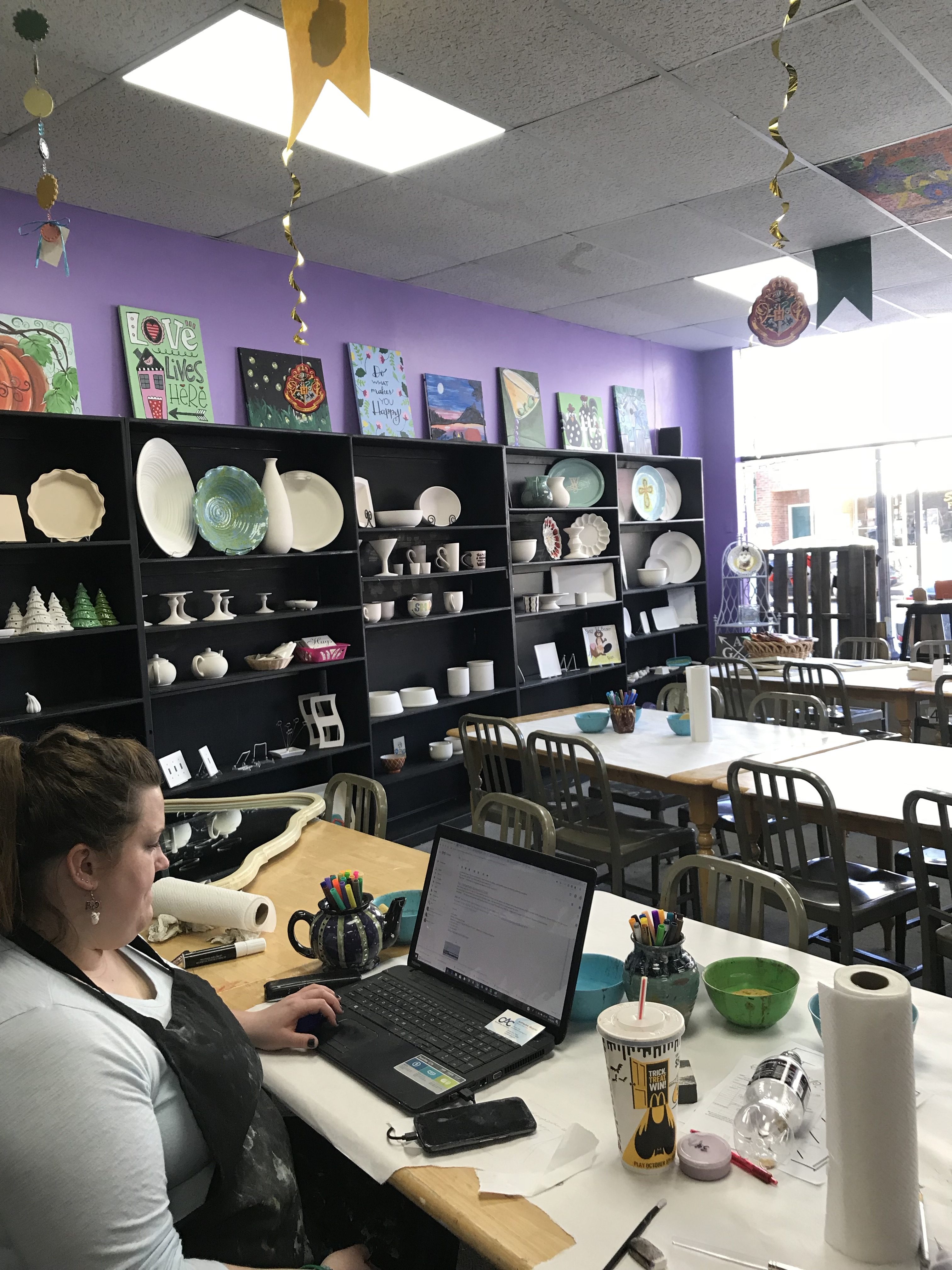Paying for college out of pocket can seem nearly impossible for most students. This results in students being forced to take out loans, and those who are fortunate enough to receive financial aid or awarded scholarships still can struggle.
Aside from the factor of college tuition, paying for life’s other necessities prove to be very challenging.
Student Debt:
Along with loans comes student debt. The overall statistic for student loan debt totals 1.52 trillion dollars, according to the student loan report’s Student Loan Debt Statistics 2018.
“Over half of young adults who went to college took on some debt, including student loans, for their education,” according to The Board of the Federal Reserve System’s Report on the Economic Well-Being of U.S. Households in 2017 – May 2018.
“Today, 70 percent of college students graduate with a significant amount of loans,” according to CNBC.com
Atlanta, GA ranked the second highest place with the most student loan debt, with the mean balance totaling $22,232, according to lendingtree.
Books and Supplies:
On top of tuition and living expenses, students still face the fees of books and supplies. Of course, the cost of textbooks can differ based on classes and whether if you get them new or used.
“The yearly books-and-supplies in-state estimate for the average full-time undergraduate student at a four-year public college is about $1,298,” according to CollegeBoard.
Student Homelessness:
On top of all expenses, students also face living expenses. The amount of money apartments or dorms can cost reach the thousands. At Georgia Southern University, freshmen students have to live on campus. Living on campus can increase student loan debt as well.
The rates for on-campus living at Georgia Southern range anywhere between 2,120-3,895 thousand dollars, according to the 2018-2019 Statesboro campus housing rates the university provides.
The Atlanta Journal Constitution said “The average cost of room and board ($10,800) was greater than tuition ($9,970) for in-state students at four-year colleges across the nation this school year, according to the College Board, the folks who run the SAT.”
Results from a survey sampling more than 33,000 students at 70 community colleges in 24 states show that one third of community college students go hungry and 14 percent are homeless, according to results published by researchers at the University of Wisconsin, said npr (National Public Radio).
“2.1 percent of all Georgia students enrolled in public schools were identified as homeless,” according to America’s Promise Alliance’s State Progress Reports on the Education of Children and Youth Experiencing Homelessness.
Sublet.com lets you filter through apartment listings in your area by price.
Parking Passes (Statesboro Campus):
According to Georgia Southern University’s Permits and Rates
Students who want to park on campus have to purchase a parking pass–including at the resident halls students pay the university to live in. Residential students ‘ parking passes cost $160 a year. Commuter permits cost $160 a year, but $50 for motorcycles. Commuter carpooling permits cost $110 a year.
Food Insecurity:
The cost of food is yet another expense for college students. Many students find themselves living off of cheaper foods such as ramen noodles and peanut butter sandwiches, leaving students with an unbalanced diet.
A meal plan at Georgia Southern University is over a thousand dollars a year. The All-Access Eagle Blue dining plan 2018-20189 price is $1725 and the All-Access Eagle Gold is $1875, according to Georgia Southern University’s Eagle Dining Services’ Dining Plans and Packages. All first-year students are required to have a meal plan, which increases all the expenses students already have to pay.
“Data from more than 30,000 two- and 4-year college students indicate that approximately half are food insecure, and recent estimates suggest that at least 20% of 2-year college students have very low levels of food security,” according to the journal “Going Without: An Exploration of Food and Housing Insecurity Among Undergraduates” by Katharine M. Broton and Sara Goldrick-Rab.
Food Assistance Resource in Statesboro, GA, according to The George-Anne:
Statesboro Food Bank
400 Donnie Simons Way
Statesboro, GA 30458
912-489-3663
Mondays through Fridays 2 p.m.-4 p.m.
“All students need is their Eagle ID to receive free meals from the Food Bank,” according to The George-Anne.
Food Assistance Resources in Statesboro, GA, according to America’s Second Harvest of Coastal Georgia at helpendhunger.org:
Ogeechee River Baptist
122 East Parrish Street
Statesboro, GA 30458
Monday 1 – 5 pm
Food Bank Inc
400 Donnie Simmons Way
Statesboro, GA 30458
(912) 489-3663
PANTRY
Monday – Friday 11 am – 4 pm
SOUP KITCHEN
Tuesday and Thursday 12 – 1 pm
Eastern Heights Baptist Church
23805 US Highway 80
Statesboro, GA 30461
(912) 764-9151
PANTRY
2nd Saturday 9 – 11 am
City of David
227 Institute Street
Statesboro, GA 30458
(912) 682-8181
PANTRY
3rd Thursday 12 – 2 pm
Georgia Southern University’s Loans, Grants, and FAFSA:
The amount of money and number of students who receive loans, financial aid and state funded academic scholarships are shown on the graphs below:
All this information was gotten from University Fact Books (Statesboro Campus).



Other Expenses
Students face many other expenses than classes, books, and housing. There are expenses such as food, cleaning (such as the cost of laundry and basic cleaning products), gas/transportation, clothing and bills (such as cell phone, electricity) and other expenses, according to College Board.
The total cost for a college student to live is incredibly high. The best thing a student can do is plan out their expenses every year and keep track of their spending. Lots of websites have resources for current and future college students.





